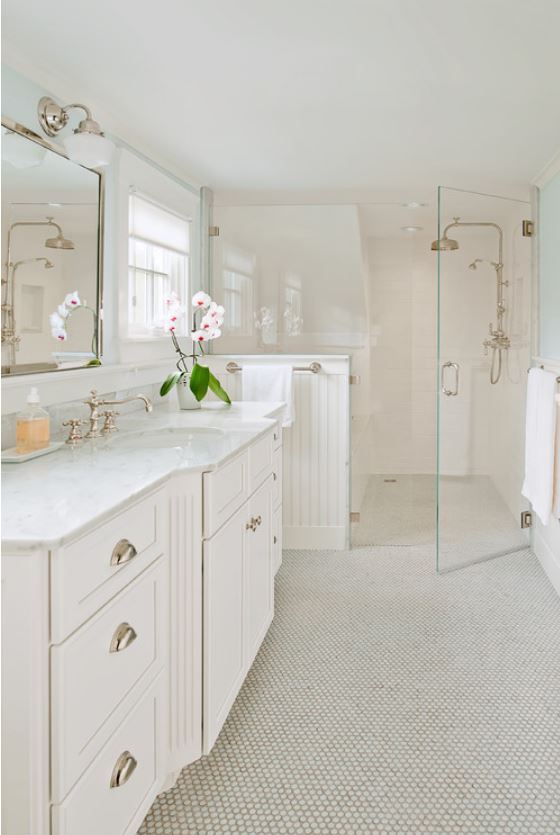
Introduction
A bathroom is an essential part of any home, and its layout plays a significant role in the overall functionality and aesthetics of the space. While bathtubs have been a popular fixture in bathrooms for many years, there is a growing trend towards bathroom layouts without tubs. This article explores the reasons behind this trend and provides insights into designing a bathroom layout without a tub.

Maximizing Space
One of the primary reasons homeowners opt for a bathroom layout without a tub is to maximize the available space. In smaller bathrooms, removing the tub opens up more room for other essential fixtures like a spacious shower, vanity, or storage cabinets.

Shower Options
Without a tub, homeowners have the opportunity to create a luxurious shower experience. Walk-in showers with multiple showerheads, rain shower features, and built-in benches are just a few of the options available for a bathroom layout without a tub.
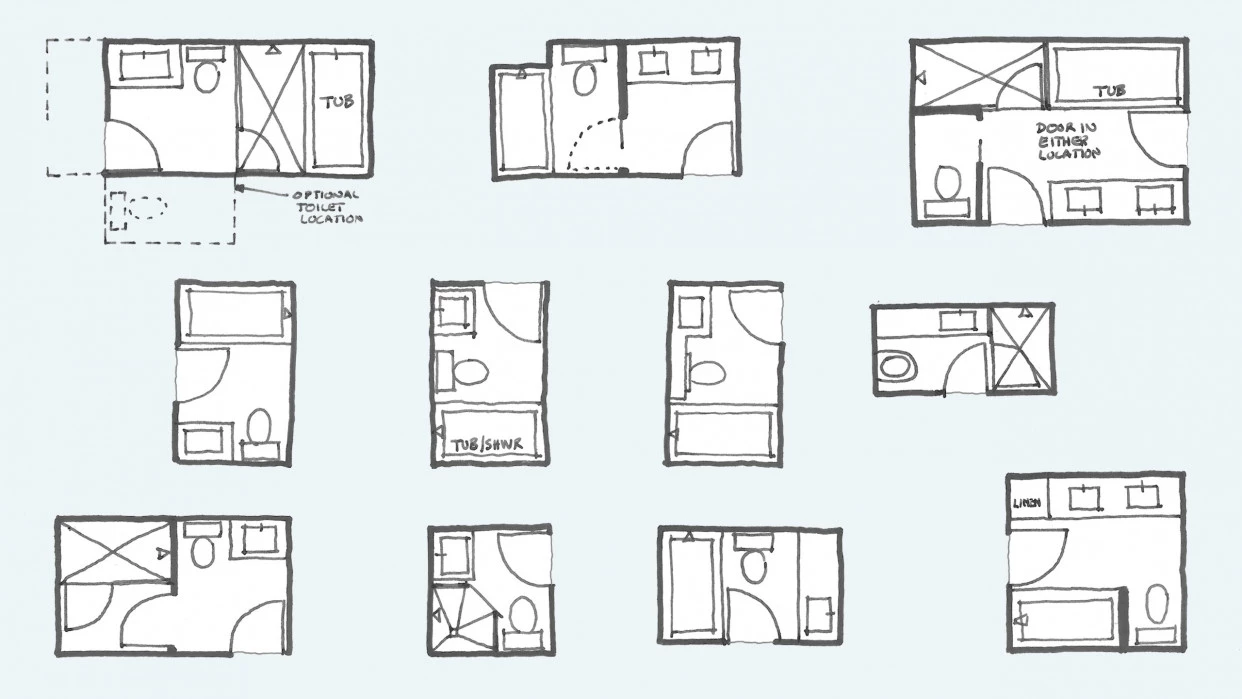
Accessibility
Another advantage of a bathroom layout without a tub is improved accessibility. Showers are easier to access for individuals with mobility issues or disabilities, making the bathroom more inclusive and accommodating for everyone.
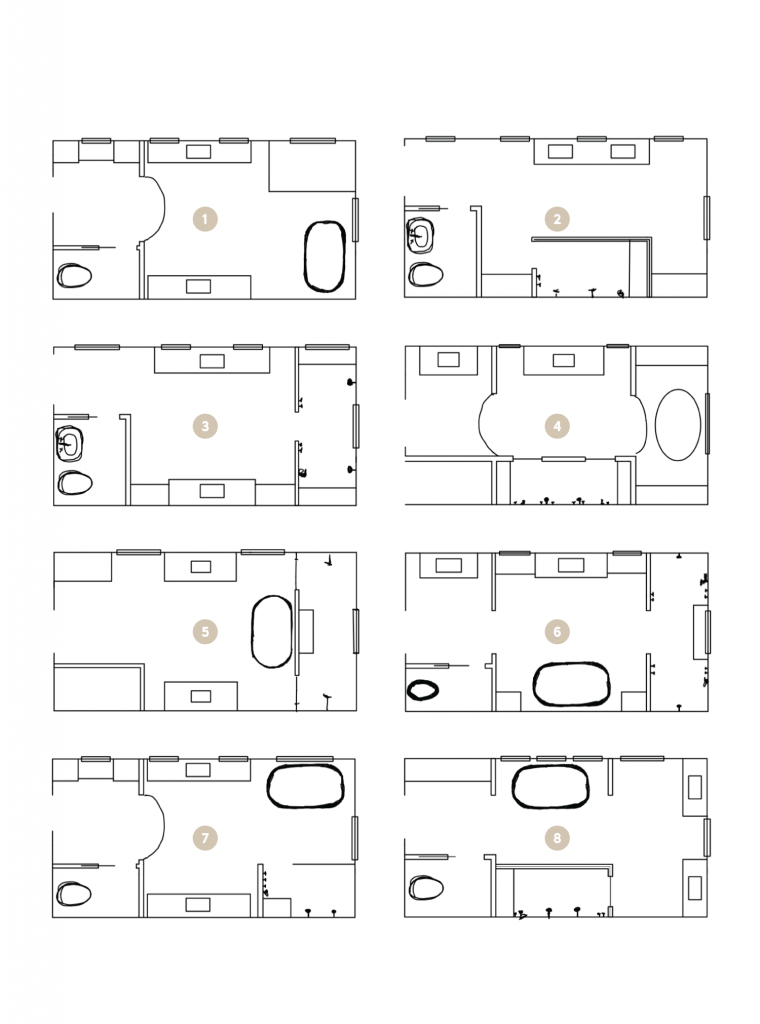
Modern and Minimalist Design
A bathroom layout without a tub lends itself well to modern and minimalist design aesthetics. With clean lines and a focus on functionality, these layouts create a sleek and uncluttered look that is highly desirable in contemporary bathrooms.

Storage Solutions
When a tub is removed from the bathroom layout, there is an opportunity to incorporate additional storage solutions. Built-in cabinets, shelves, or even a linen closet can be added to compensate for the lack of storage space.

Energy and Water Efficiency
By eliminating the tub from the bathroom layout, homeowners can also enjoy increased energy and water efficiency. Showers typically use less water than filling up a bathtub, resulting in lower utility bills and reduced environmental impact.
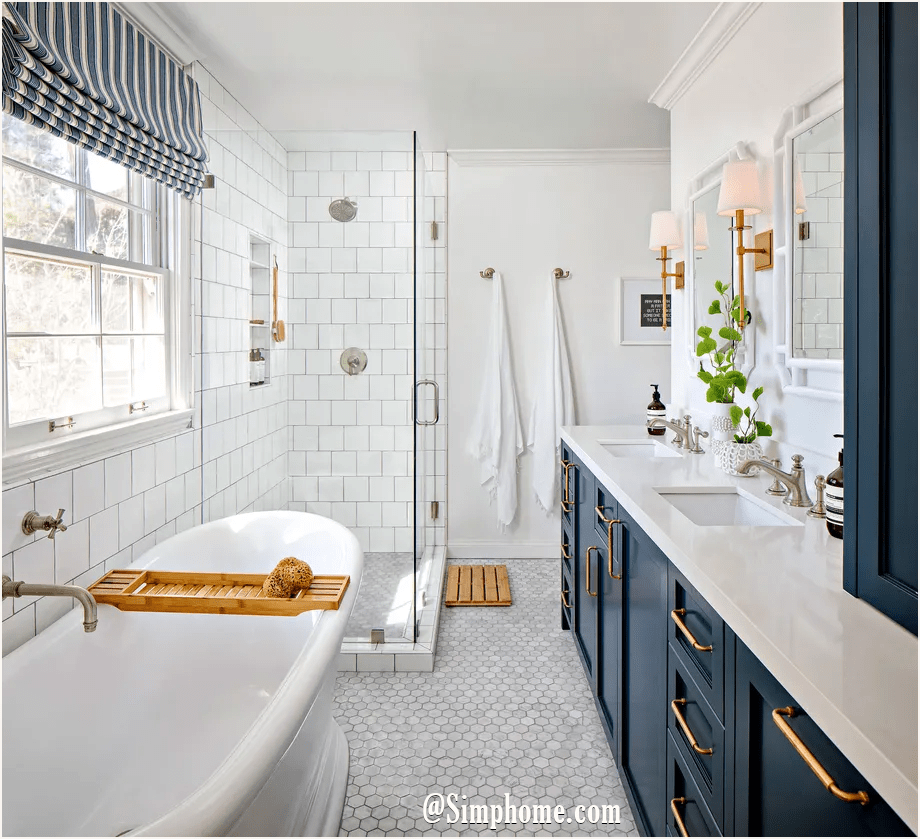
Creative Design Possibilities
Without the constraints of a tub, homeowners can get creative with their bathroom layouts. They can experiment with unique shapes, introduce interesting tile patterns, or incorporate innovative fixtures that would have been challenging to include with a tub.

Increased Maintenance
While there are numerous advantages to a bathroom layout without a tub, it's essential to consider the potential increase in maintenance. Without a tub to contain the water, splashes and spills from the shower may require additional cleaning and maintenance efforts.

Choosing Alternative Focal Points
Without a tub, homeowners can choose alternative focal points for their bathroom layout. This could include a stunning vanity, a statement mirror, or a unique piece of artwork. These focal points can add personality and style to the space.

Enhancing Natural Lighting
With a tub out of the way, homeowners can take advantage of natural light sources to brighten up the bathroom. Installing larger windows or skylights can flood the space with sunlight, creating a warm and inviting atmosphere.
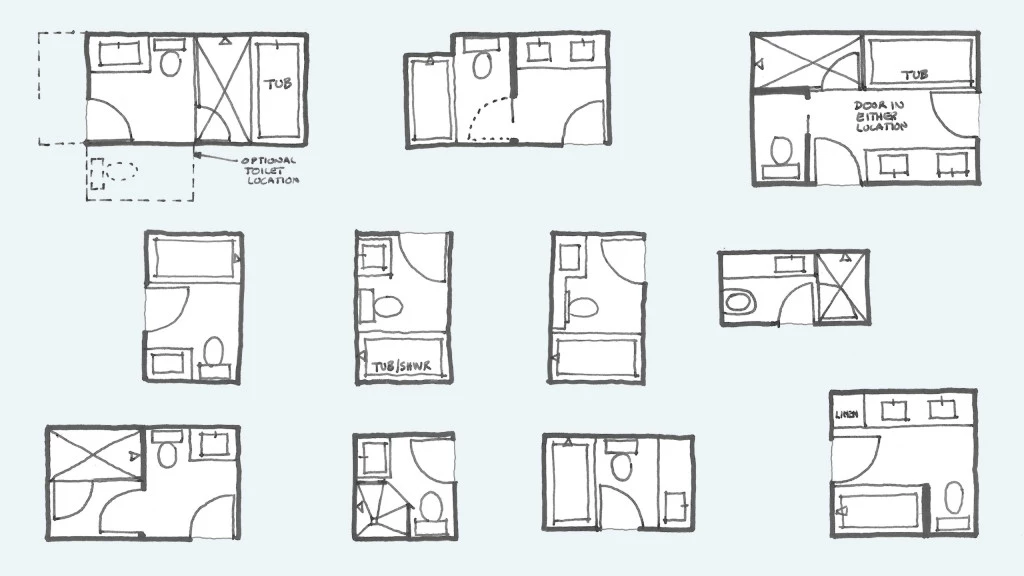
Considerations for Families
While a bathroom layout without a tub may be suitable for many households, families with young children may prefer to have a bathtub for bathing purposes. In such cases, it's essential to consider the specific needs and requirements of the family members.
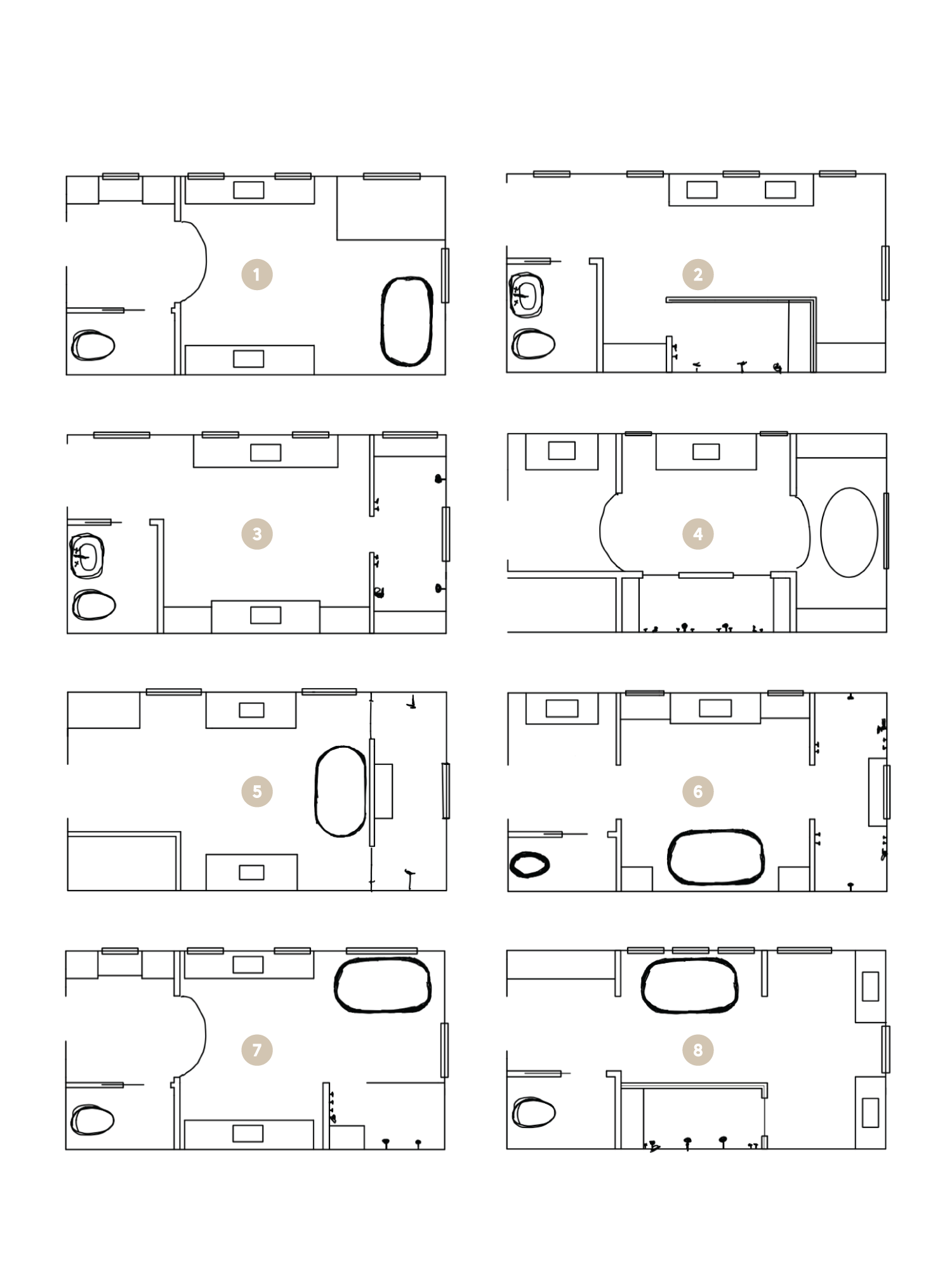
Spa-Like Experience
For those who enjoy a spa-like experience, a bathroom layout without a tub can be transformed into a serene oasis. Adding features like a steam shower, heated flooring, or a luxurious seating area can create a truly indulgent space.
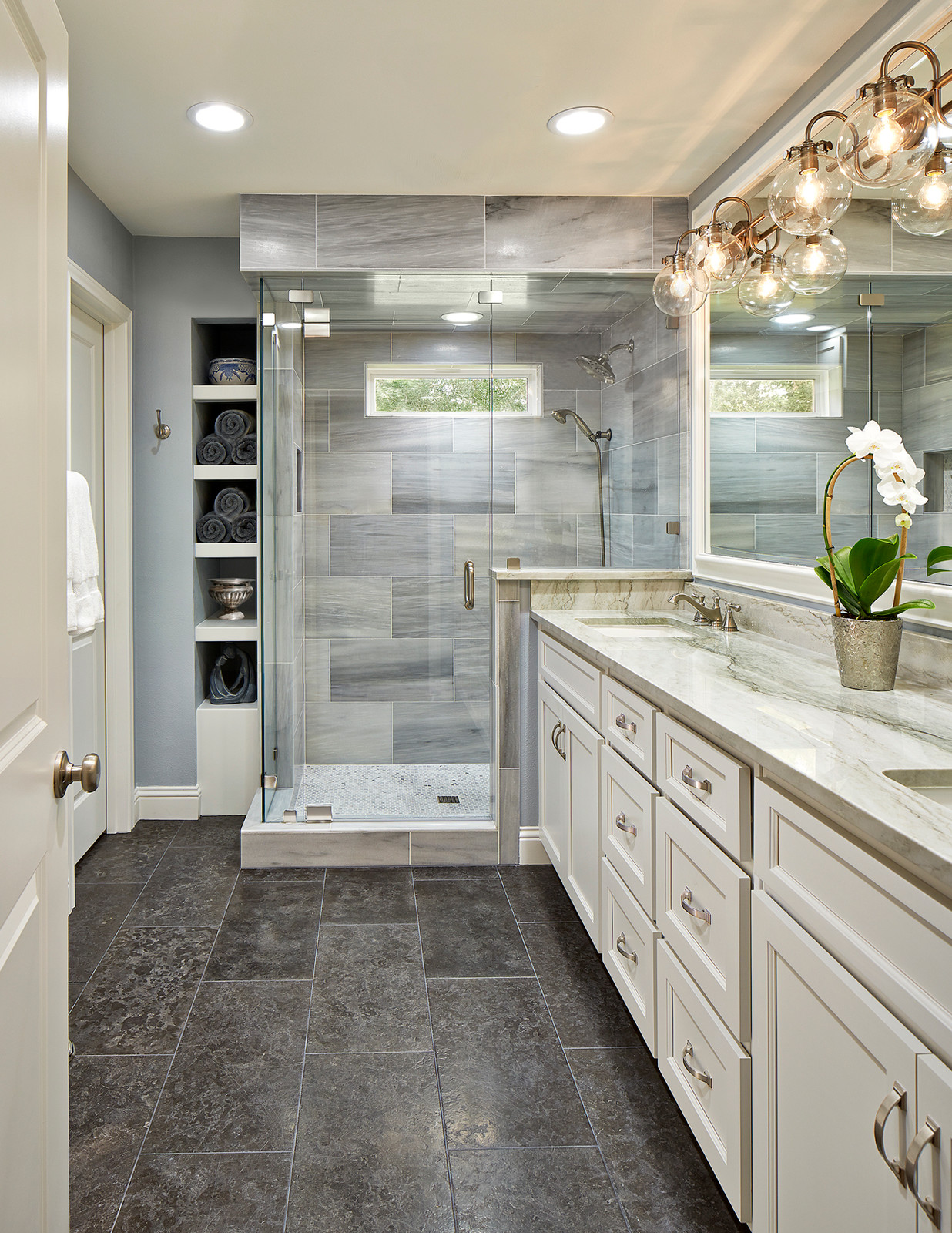
Designing for Aging in Place
A bathroom layout without a tub can be designed with aging in place in mind. Incorporating elements like grab bars, non-slip flooring, and a walk-in shower can make the space safer and more accessible for individuals as they age.

Conclusion
A bathroom layout without a tub offers numerous benefits, including maximizing space, creating a modern and minimalist design, and enhancing accessibility. Homeowners can explore various design possibilities, focus on energy efficiency, and choose alternative focal points for their bathroom. However, it's essential to consider individual needs and preferences when deciding whether to forego a bathtub in the bathroom layout. With careful planning and creativity, a bathroom without a tub can become a functional and stylish space.